Revisiting a special twin-engine Honda CRX
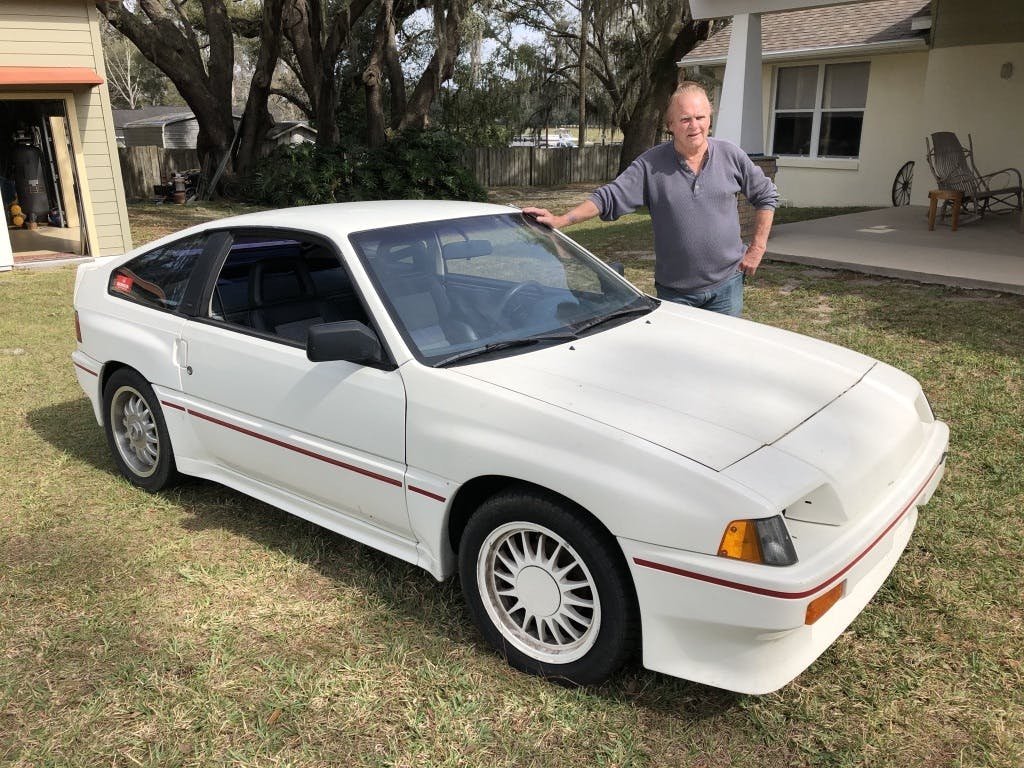
To celebrate the end of the Malaise Era (circa 1973-1983), when cars struggled to accelerate out of their shadows, car magazines kicked off a period of unadulterated craziness. One highlight I fondly remember from my career in those days was a twin-engine Honda we constructed at Car and Driver: Project Synchronicity CR-X2. During a recent trip to Florida, I was fortunate to reconnect with my old Honda sweetheart.
I acknowledge that the idea sounds preposterous. Imagine keeping a straight face sitting across a conference table from Tom Elliott, president of Honda North America, proposing this undertaking. Then we asked for the car … and second powertrain to make it happen. When he said yes, we teamed with Southern California’s Racing Beat to load the second 1488-cc four-cylinder engine, with its three-speed automatic, into the back of one unsuspecting 1984 Honda CRX.
Part of my sales pitch was reminding Elliott that all this had been done before. In the 1930s, Alfa-Romeo’s Bimotore Grand Prix racer needed two engines to keep pace with the Germans. The Fageol Twin Coach Special qualified second for the 1946 Indy 500 (before crashing on the race’s seventh lap). Exactly two decades later, another car showed up at Indy with a Porsche flat-six at each end. Also in the ’60s, Citroen built 700 Saharas with two engines powering all four wheels for desert use. Britain’s brilliant John Cooper built (and crashed) a Twini Mini with 180 hp. The arrival of Oldsmobile’s front-drive Toronado in 1966 inspired a handful of tuners to double up their powertrains under one roof.
What made the CR-X2 a slam dunk (sort of) was its compact engine-transaxle package and the fact that it used handy torsion bar springs in its front suspension. In essence, our fabricators created support structure in place of the Honda’s cargo hold and slid in a second complete propulsion system, front suspension, and brake components with minimal anxiety.
Contact with mother earth was enough to synch engine rpm. Our creation ran nicely on- and off-road using front, rear, or both engines. A favorite moment was watching jaws drop at the gas pumps when we started two engines sequentially. We used the stock three-speed automatic to ease construction (avoiding clutch and shift linkage) and because Honda’s transmission remains in neutral when the engine bolted to it is switched off.
Sure, there were issues. While we had little difficulty dialing in the handling with camber settings and anti-roll bar sizes, balancing the brakes was a chore, resulting in lengthy stopping distances. And while we doubled the available power to 152 horses, we also drove curb weight to 2450 pounds, a gain of 600 pounds. As a result, our best runs to 60 mph took 8.0 seconds and a quarter-mile required twice that time with a trap speed of only 85 mph.
So, without hesitating, we mounted Plan B: replace the stock CRX powertrains with a pair of 1.8-liter Honda Accord engines along with their four-speed (+1) automatic transmissions. Luck was with us. Elliott was immediately on board in large part because he had a few zero-mile Accords in inventory that couldn’t be sold after they were wadded up during an Oregon shipping accident. Two were delivered to Racing Beat so their powertrains and wiring harnesses could be stripped for the second phase of this zany project.
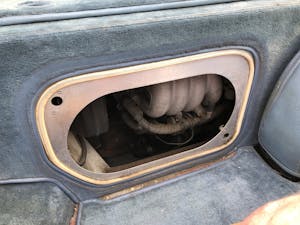
Racing Beat worked magic a second time to wedge in the larger powertrains, adapt the oversize radiator fitted previously, fabricate new exhaust systems, and solve a myriad of small and large problems. We seized the opportunity to doll up the exterior with larger MSW wheels, Goodrich Comp T/A radials, and Mugen body panels imported from Japan. Inside we added custom Recaro bucket seats and a cool four-spoke leather-wrapped steering wheel.
While curb weight climbed to 2700 pounds, we topped the 200-hp hurdle—nearly three times a stock CRX’s allotment—with 101 horses at each end. We achieved shorter stopping distances, decent slalom speed, and 0.82 g of cornering grip. We clocked a top speed of 147 mph and 0-60 in a quick (for the day) 6.2 seconds. What we called Super Synchronicity beat a contemporary Porsche 928S running from 30 to 50 mph and Chevy’s IROC Camaro in 50 to 70 mph acceleration.
Sadly, the day came when we had to bid adios. After the C/D CR-X2 was sold to pay our shop bill, it enjoyed several years and thousands of miles of faithful service in the hands of its second owner. Several auctions and a few cross-country trips later, Hagerty member Joe Dunlap took possession in 1996.

During a meeting early this year at his home in rural Sumter County, Florida, Dunlap recounted his favorite incident: beating an E30 BMW M3 running flat out near Sebring, Florida. Since the car lacks air conditioning, it’s not much fun to drive in the summer. That said, during his first decade of ownership, Dunlap advanced the Honda’s odometer over 50,000 miles, fairly remarkable for such an odd, elderly concoction. Except for replacing the starter relay on the rear engine, it has been “dead reliable” he adds. Were it not for a major leak in its 10-gallon fuel cell that cropped up in 2006, Dunlap would be driving this car today. Because his 1500-ft garage shop is stocked with four other project cars competing for his time, the CR-X2 must wait its turn for fuel system repairs and general maintenance.
Dunlap is adamant that his Honda is not for sale. Those of you with the urge to change his mind might be able to track him down through central Florida Corvair Club Facebook sites.
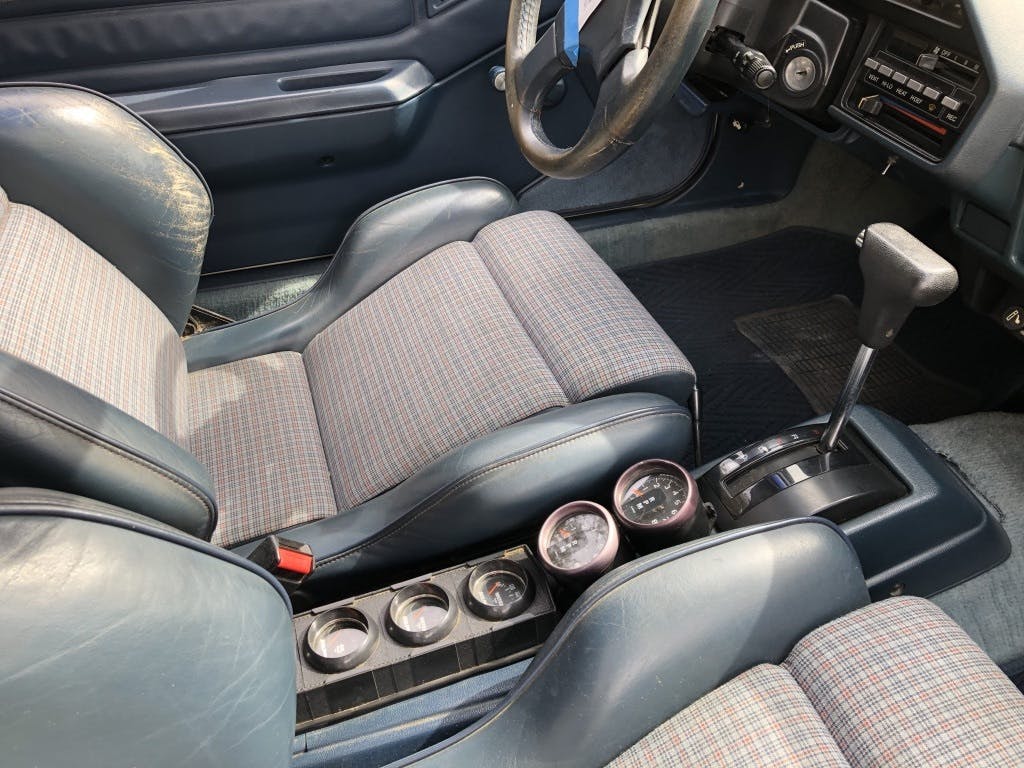
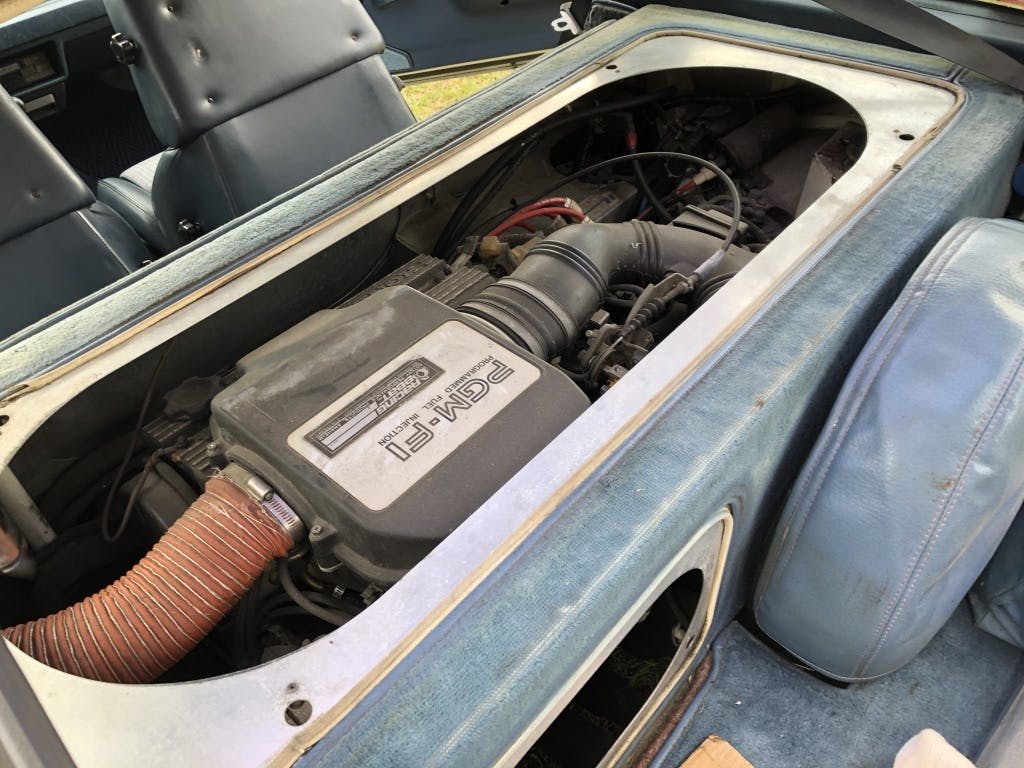
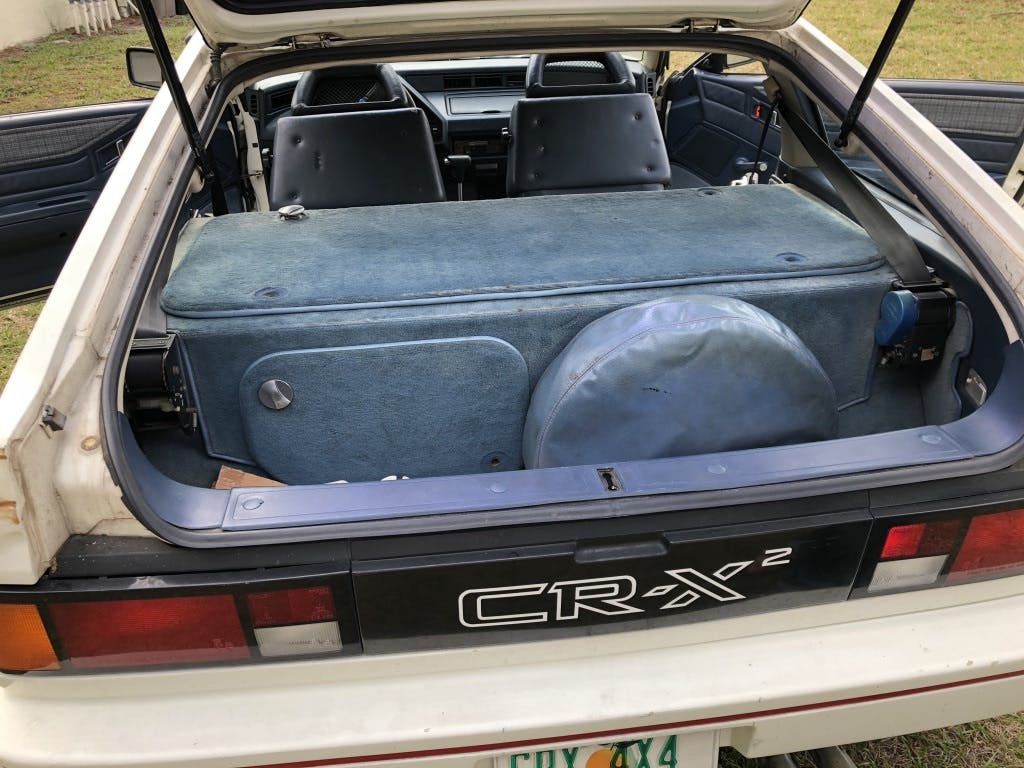
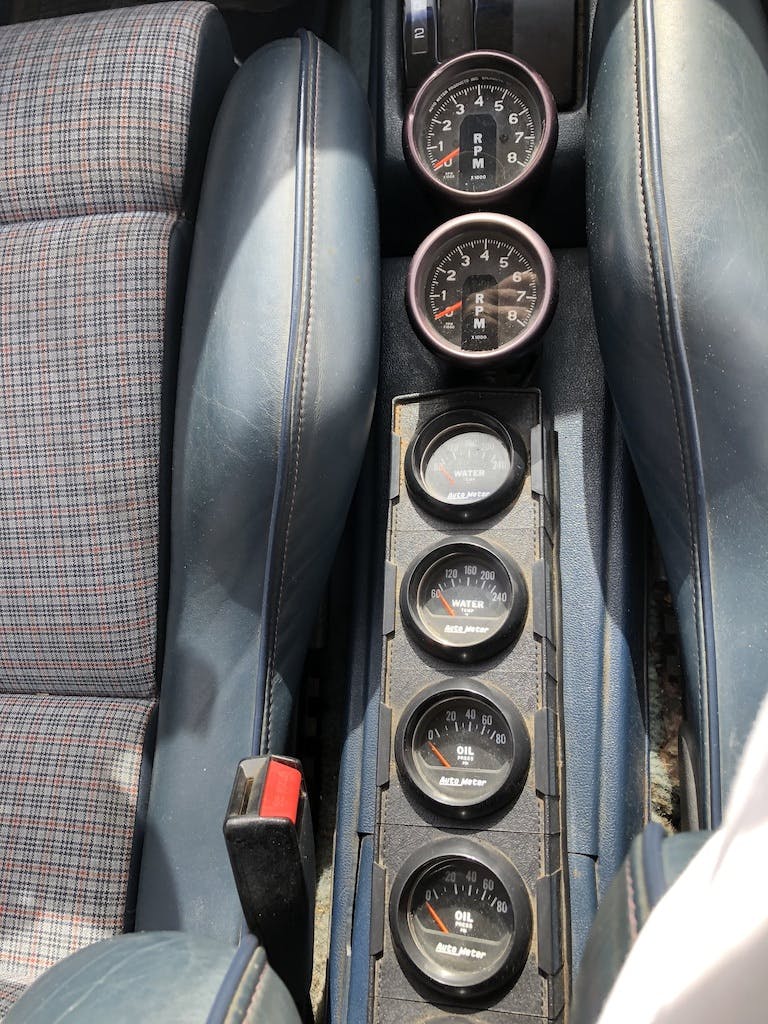
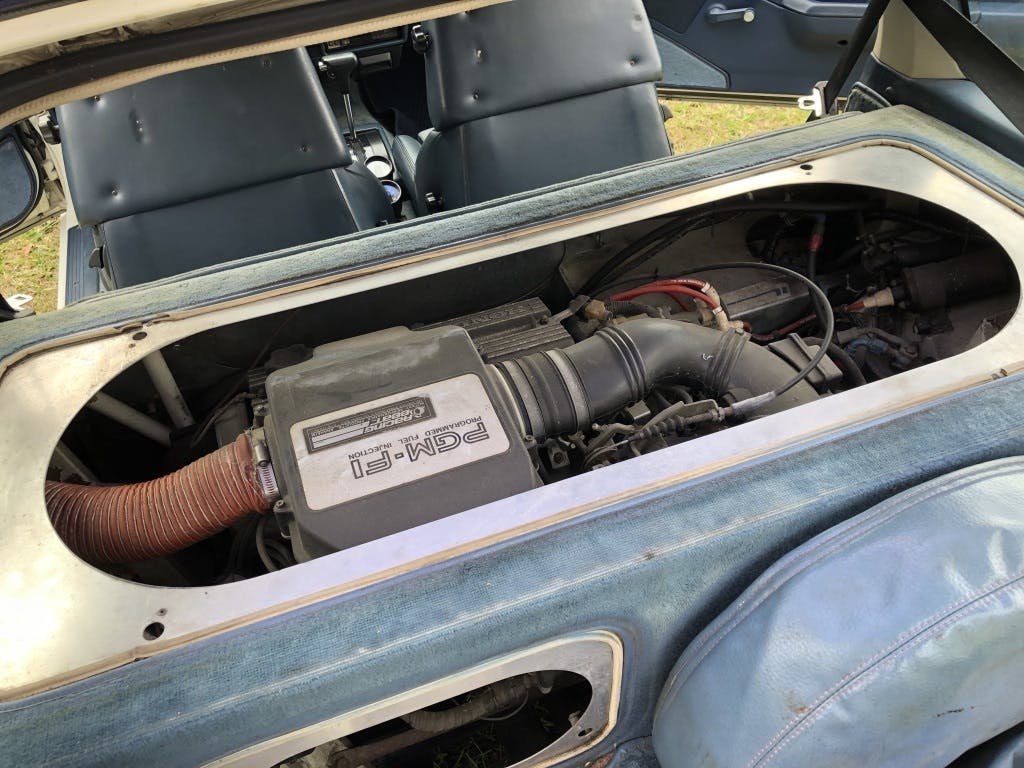
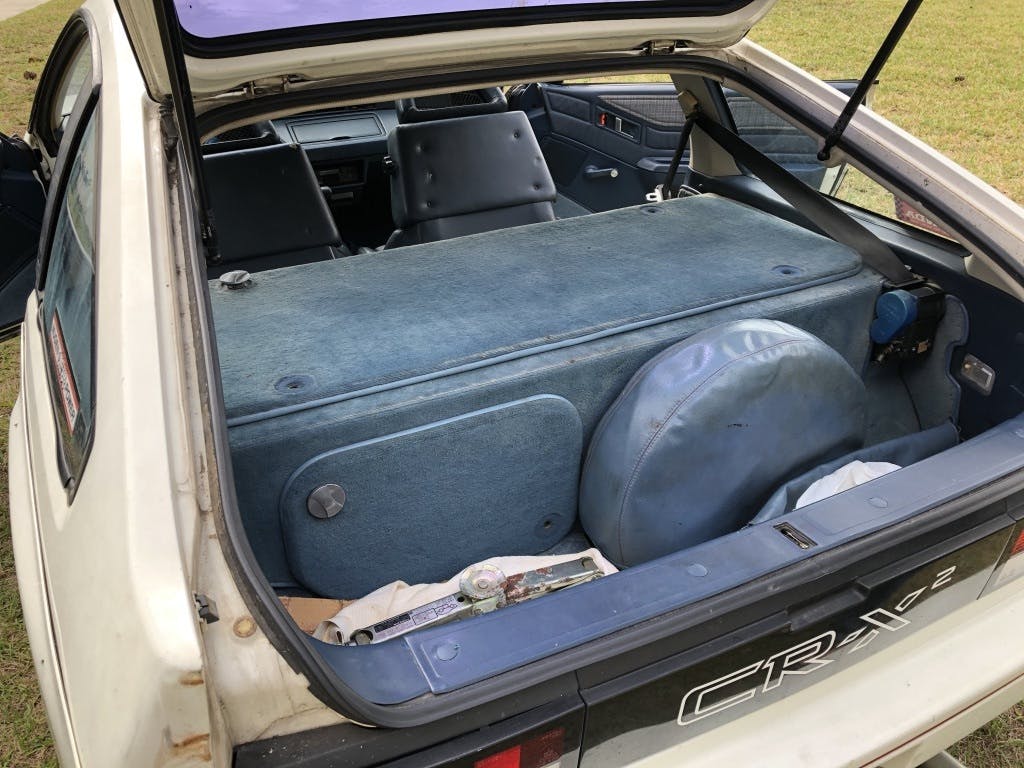
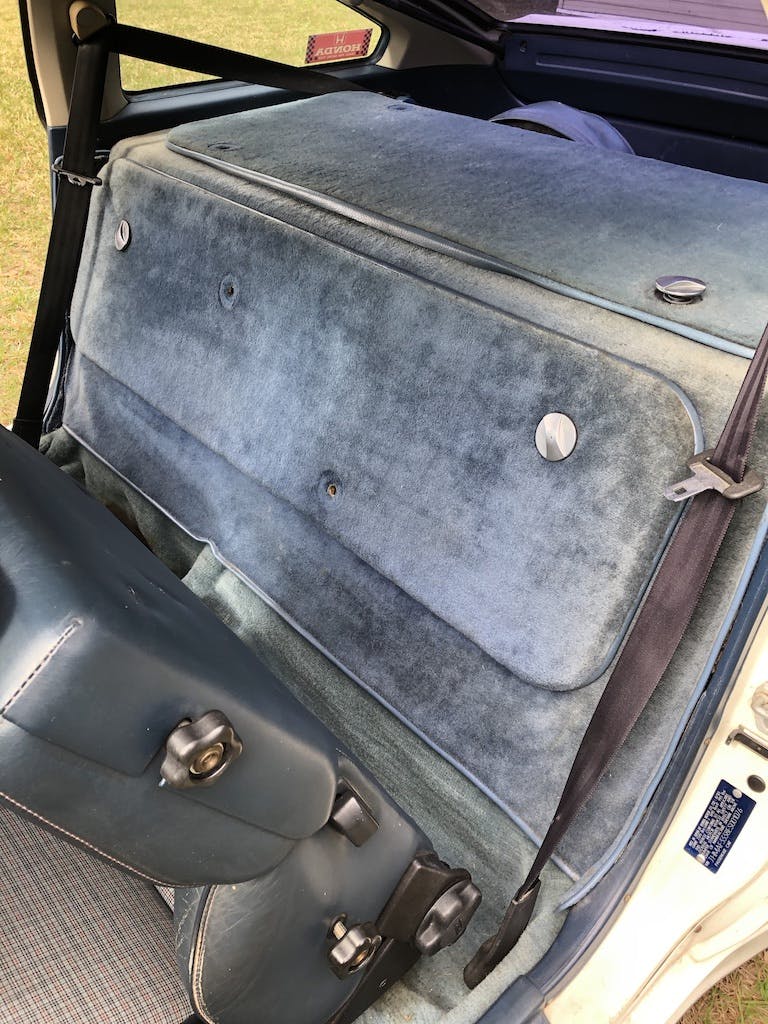


i read the original article in C/D back in the day. over the years, i’ve often wondered what happened to the car and if anything was learned to create such an animal again. thanks for writing this update article!